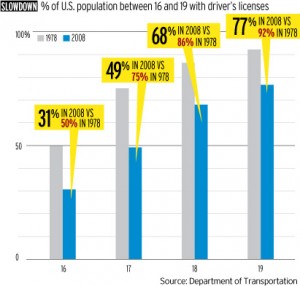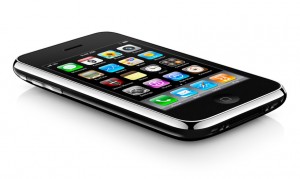 In recent marketing history every brand and their mother have been talking about using the most popular social media outlets at hand, in this case, Twitter, for promotion. Well, the companies may be tweeting, but is anyone listening? A study just came out today suggesting that companies still aren’t in on the conversation.
In recent marketing history every brand and their mother have been talking about using the most popular social media outlets at hand, in this case, Twitter, for promotion. Well, the companies may be tweeting, but is anyone listening? A study just came out today suggesting that companies still aren’t in on the conversation.
Now this study only considered a sample of 1,800 tweets, which you can only imagine is a fraction of the eternal chirping going on, but if we did assume that the results are a fairly accurate representation of the whole, the study concludes that brands are still having a one-way conversation.
So here’s the deal: 90% of tweets are posted by individual – or “real” – people. Of these tweets, only 12% mention a brand name. Which brand name do you think constitutes most of these shout-outs? Yup, Twitter itself. What other companies made the short list? Apple, Google, YouTube, Microsoft, Blackberry, Amazon, Facebook, Snuggie, ebay and Starbucks, in that order. Continue reading










